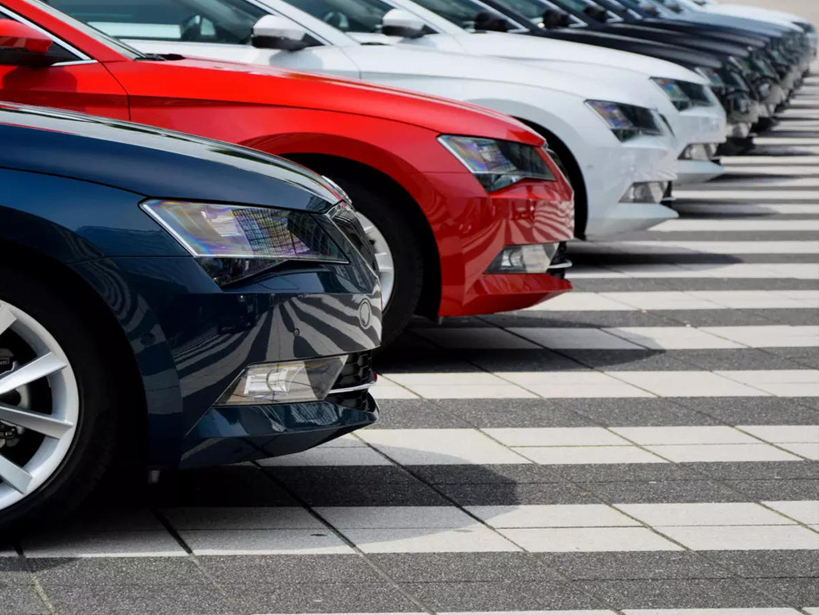In a surprising shift in the U.S. auto market, lower-priced new cars are gaining traction among a wider demographic of consumers, not just those with tight budgets. As inflation continues to strain household finances, many buyers are re-evaluating their priorities and seeking more affordable options without sacrificing the benefits of purchasing a new vehicle. This trend is shaking up the automotive industry, with budget-friendly models now appealing to a broader range of customers.
Why Are Lower-Priced Cars on the Rise?
While the U.S. economy shows signs of recovery post-pandemic, inflation has significantly impacted the purchasing power of many consumers. Rising costs of groceries, housing, and fuel have forced Americans to be more cautious with their spending. This has made affordability a key factor for car buyers who might have once considered more premium models but are now drawn to less expensive options.
There has been a noticeable shift in consumer preferences from luxury SUV and truck markets which have boomed in recent years. More buyers are focusing on value and practicality, opting for models that offer the essentials, good fuel efficiency, modern safety features, and reliability, without the hefty price tags of higher-end vehicles. Brands like Hyundai, Kia, and Toyota, known for their affordable yet reliable cars, have seen increased interest in their lower-priced models.
In addition, lower-priced vehicles today often come equipped with advanced features that were once exclusive to higher-end models. For example, many economy cars now include tech such as adaptive cruise control, touchscreen infotainment systems, and safety features like lane-keeping assist and automatic emergency braking. These advancements make lower-cost cars attractive not just for budget-conscious buyers, but for those who want good value for their money without compromising on features.
As the electric vehicle market expands, lower-priced EVs and hybrids are also seeing growing popularity. Models like the Chevrolet Bolt EV, Nissan Leaf, and the new Hyundai Ioniq 5 offer more affordable entry points into the electric car market, appealing to environmentally conscious consumers who want to reduce their carbon footprint but can’t afford high-end Teslas or other luxury EVs.
Who Is Buying These Cars?
It’s not just those with tight finances who are opting for lower-priced cars. Middle-class buyers, particularly families, are seeking ways to save on vehicle costs while managing higher living expenses. These buyers are prioritizing fuel efficiency and lower monthly payments over luxury features.
Younger generations, including millennials, are also drawn to these affordable new cars. Many in this demographic are still dealing with student loan debt or are trying to save for major life events, such as buying a home. They see affordable cars as a smart financial choice that doesn’t burden them with a long-term high car payment.
Older buyers, particularly retirees and empty nesters, are also contributing to the demand for lower-priced cars. These consumers often look for reliable, no-frills vehicles as they downsize from larger family cars or second vehicles.
This growing demand for affordable new cars is encouraging automakers to expand their lineups of budget-friendly models. Companies that traditionally focused on luxury vehicles or higher-priced models are rethinking their strategies to capture this segment of the market. Automakers may also focus on keeping prices lower by controlling production costs, streamlining features, or offering more economical versions of their most popular models.
As inflationary pressures continue to shape consumer behavior, the surge in popularity of lower-priced new cars in the U.S. is likely to persist. This trend is no longer limited to cash-poor buyers; it’s now attracting a wider range of consumers who value affordability, practicality, and modern features. With automakers responding to this demand, the future of the auto market will likely see a continued expansion of cost-effective yet feature-packed vehicles for the budget-conscious American buyer.

